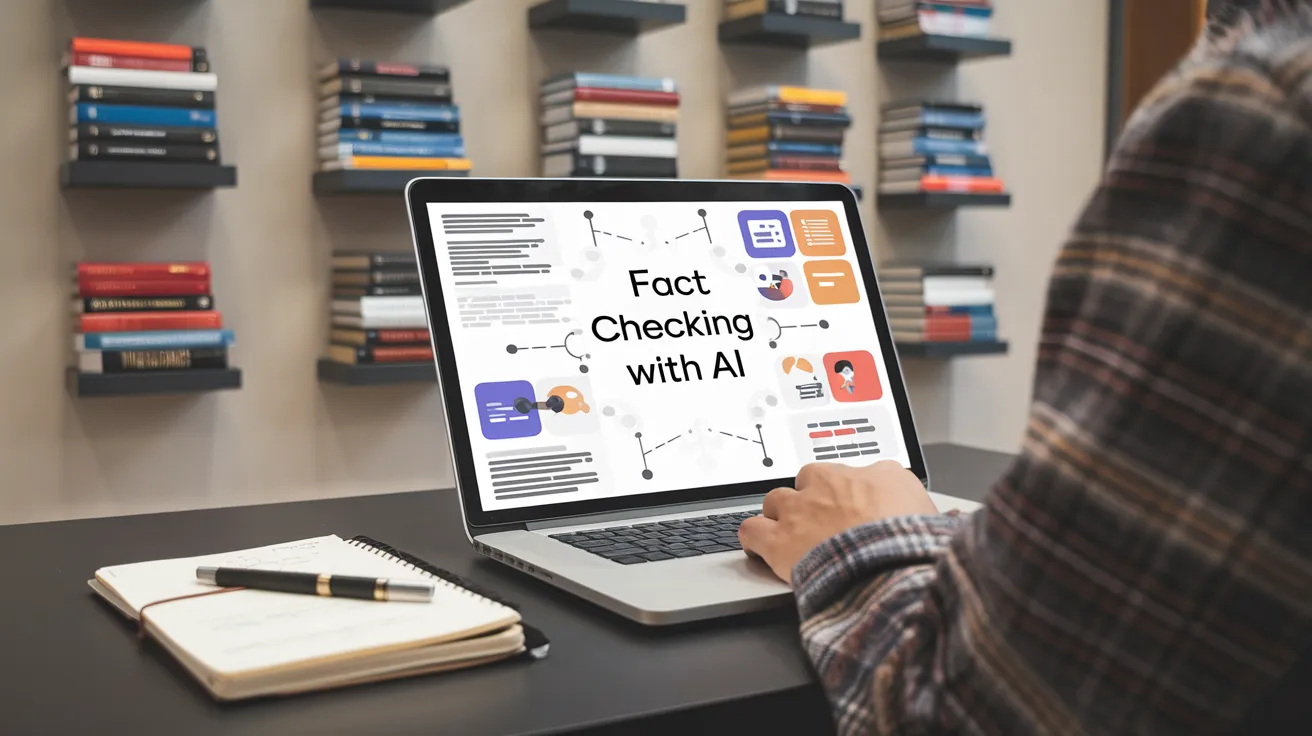Fight AI-Generated Fake News with AI

Since significant events like Brexit and the 2016 U.S. elections, artificial intelligence (AI) has faced criticism for its potential influence on public opinion, particularly through psychographic profiling and the operation of social media algorithms. These platforms, designed to promote sharing, can inadvertently amplify sensational content, fostering echo chambers where misinformation flourishes. This issue is particularly pronounced in politically charged discussions related to topics such as war and the COVID-19 pandemic, exemplified by false claims linking 5G cell towers to the virus in the UK, which led to vandalism.
Organizations, too, face risks associated with fake news. For instance, Starbucks faced backlash from false claims that it offered discounts to undocumented immigrants, which polarized public opinion and negatively impacted the company’s internal culture. The polarization resulting from misinformation can disrupt cohesion and productivity within organizations, prompting the need for strategies to counteract its spread.
The article explores several approaches companies can adopt to leverage AI in preventing misinformation within their operations.
## 5 Ways to Protect Your Organization From Misinformation
1. **Train an AI fact checker for your organization.** By utilizing AI technology, companies can develop internal tools to verify information quickly.
2. **Keep a human in the loop.** While automation aids efficiency, human oversight is essential for nuanced understanding.
3. **Implement media literacy programs for your staff.** Educating employees on misinformation helps build a more informed workforce.
4. **Gamify training to boost its effectiveness.** Engaging learning methods can enhance retention and comprehension of misinformation topics.
5. **Scale up training during high-impact events like elections.** Organizations should be attentive to times of heightened misinformation activity to fortify their defenses.
The risks posed by misinformation to organizations are akin to a modern-day bank run, where individuals irrationally boycott companies based on moral objections fueled by misleading information. The observation by Voltaire that “common sense is not so common” rings especially true in these situations. A Leadership IQ survey revealed that 59% of respondents were concerned about misinformation at their workplaces, indicating a prevalent issue that can escalate into conflicts and reduced collaboration.
Dr. Teri Tompkins at Pepperdine University highlights the organizational impact of distrust fostered by misinformation. Trust is imperative for a productive work environment, with studies showing that 80% of employees who trust their employers feel motivated, contrasting starkly with the less than 30% of those who don’t.
## Using AI to Detect Misinformation
Humans have a natural gravitation toward sensationalism. Daniel Kahneman, in his book “Thinking, Fast and Slow,” describes two cognitive systems—fast and intuitive (System One) and slow and deliberate (System Two)—the former being prone to biases that distort judgment.
A 2018 MIT study highlighted the proclivity of Twitter users to spread misinformation, finding that false stories propagate significantly faster than true ones due to social network dynamics and linguistic features. This underscores the utility of AI, particularly transformer-based approaches, in enhancing the accuracy of misinformation detection.
Research indicates a strong potential for AI tools to identify misinformation effectively. For instance, a 2023 study improved the BERT model for detecting fake news, achieving an impressive F1 score of 98%. Such tools are poised to help organizations combat false narratives, safeguarding internal operations and cultures.
## AI’s Potential Against Fake News
AI systems demonstrate a remarkable advantage in processing vast data sets devoid of emotional bias. However, biases in training data can mislead AI outputs, necessitating careful oversight in the development of such systems.
In early 2024, the launch of Fact Checker—a specialized AI offered on OpenAI’s GPT store—demonstrated progress in the realm of fact-checking. This tool leverages extensive databases to authenticate claims and foster informed decision-making among users, particularly in corporate settings where misinformation can have immediate repercussions.
Despite its utility, AI’s detection capabilities are not foolproof; it may flag accurate information as false based on context or emotional weight. This reality reinforces the need for combined efforts where AI serves as a co-pilot, supporting human judgment rather than replacing it.
## How to Incorporate AI-Powered Fact Checking
Organizations can develop customized fact-checking protocols by tuning AI tools to their specific needs, integrating industry-contextual data to improve misinformation detection. For example, a healthcare organization could train its AI on relevant medical literature, enhancing credibility checks on health-related claims circulating within its network.
Additionally, education remains paramount. Organizations ought to engage employees in training programs focusing on critical thinking and media literacy, empowering staff to discern truth from misinformation and understand the capabilities and limitations of AI tools.
## Fight AI with AI
AI technologies are advancing, with sophisticated tools emerging that can distinguish between credible and misleading information with ever-greater precision. However, human judgment remains essential. By fostering a culture of skepticism towards sensational claims and encouraging open dialogue, companies can create a robust organizational environment resilient against misinformation.